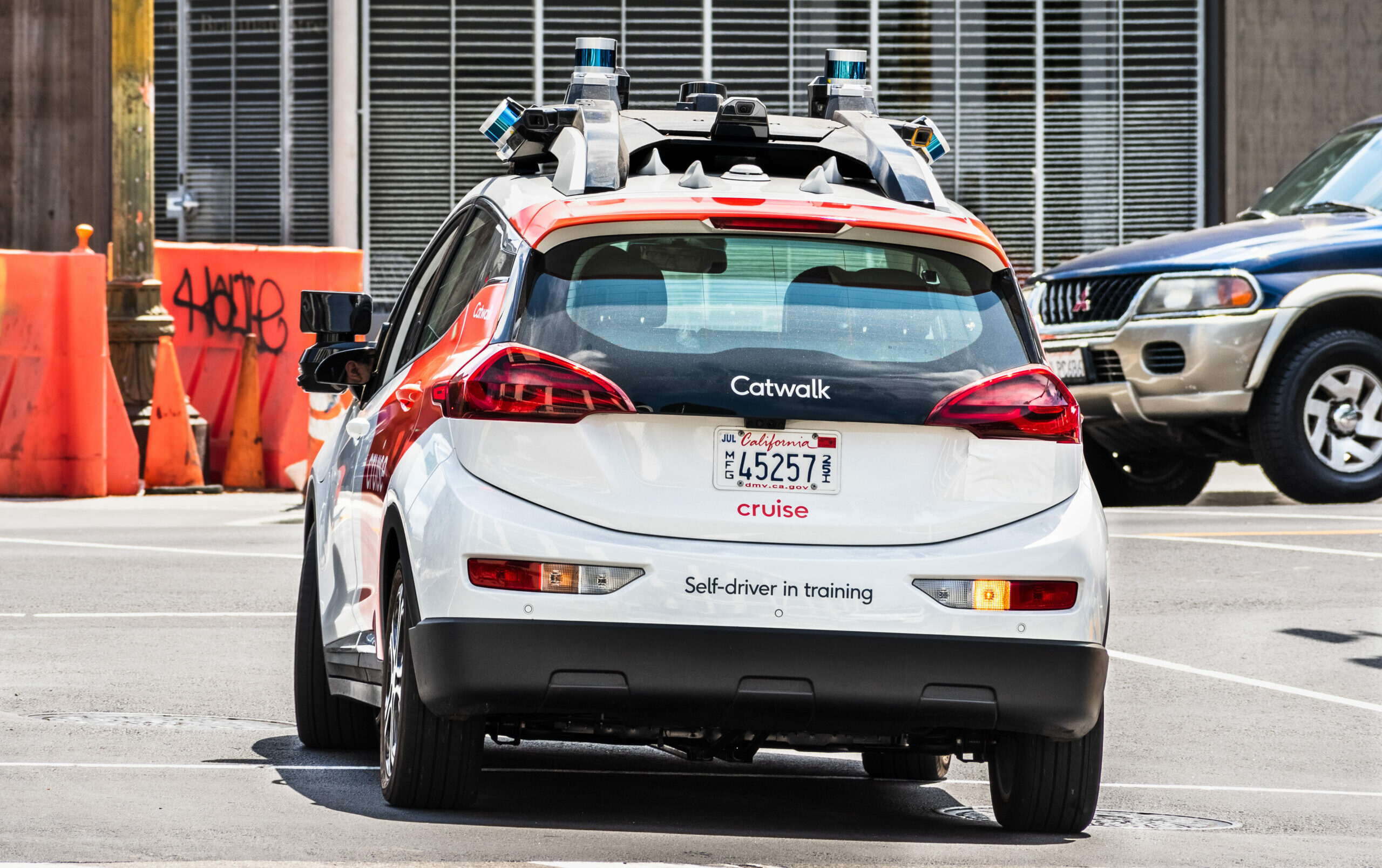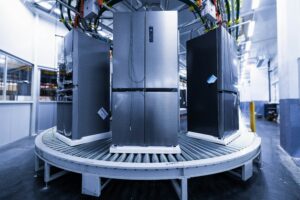
iStock.com/Sundry Photography
General Motors Abandons Cruise Robotaxi Plans
December 11, 2024
General Motors is getting out of the robotaxi race. The company has ceased funding its Cruise autonomous vehicle unit.
Instead of a fleet of driverless robotaxis, GM will pivot Cruise toward further enhancing the drive-assist and safety technology already present in many of its new vehicles. After looking at the costs and time involved in completely developing the fully autonomous robotaxi concept, GM leadership pulled the plug.
“We looked at the amount of money to deploy a robotaxi business and to maintain that business and grow it, it’s quite a bit of capital,” GM CEO Mary Barra said on a call with analysts, per Business Standard. “A robotaxi business is not GM’s core business.”
In 2016, GM invested $581 million in a majority stake in Cruise. Since then, the company has spent $2.4 billion to keep the unit from failing, according to NPR. However, the automaker remained confident the Cruise unit would generate annual revenue of $1 billion by 2025.
Now, it appears the income will never come. According to government filings, the Cruise unit pulled in about $500 million in revenue but racked up $10 billion in operating losses in the years since GM bought it.
GM’s Robotaxi Plans and Disappointments
At one time, GM hoped to put robotaxis in many major U.S. cities, with the goal of eventually introducing them internationally. The idea even attracted attention from investors such as Honda, Microsoft, T. Rowe Price, and even Walmart.
However, an accident involving a pedestrian nearly stopped the project in its tracks. In the fall of 2023, a woman was struck by a human-driven car and pushed into the path of a driverless Chevrolet Bolt. The vehicle then hit the woman and dragged her across the pavement.
The incident, which happened in San Fransico, was investigated by both federal and California state agencies, which led to allegations that GM mispresented some facts of the case. The company’s license to operate its driverless cars in California was suspended. GM ended up paying substantial fines and a monetary settlement to the victim.
While Cruise did eventually restart testing of autonomous cars, it never fully recovered. Much of Cruise’s leadership was purged and job cuts were made.
GM’s decision to exit the development of robotaxis makes business sense as competitors seemingly have the upper hand. Alphabet Inc.’s Waymo is expanding into more cities and Tesla’s Cybercab robotaxi business is launching in 2026. As stated by the company CEO, General Motors can get back to its roots, manufacturing cars that people actually drive.
Recent News








